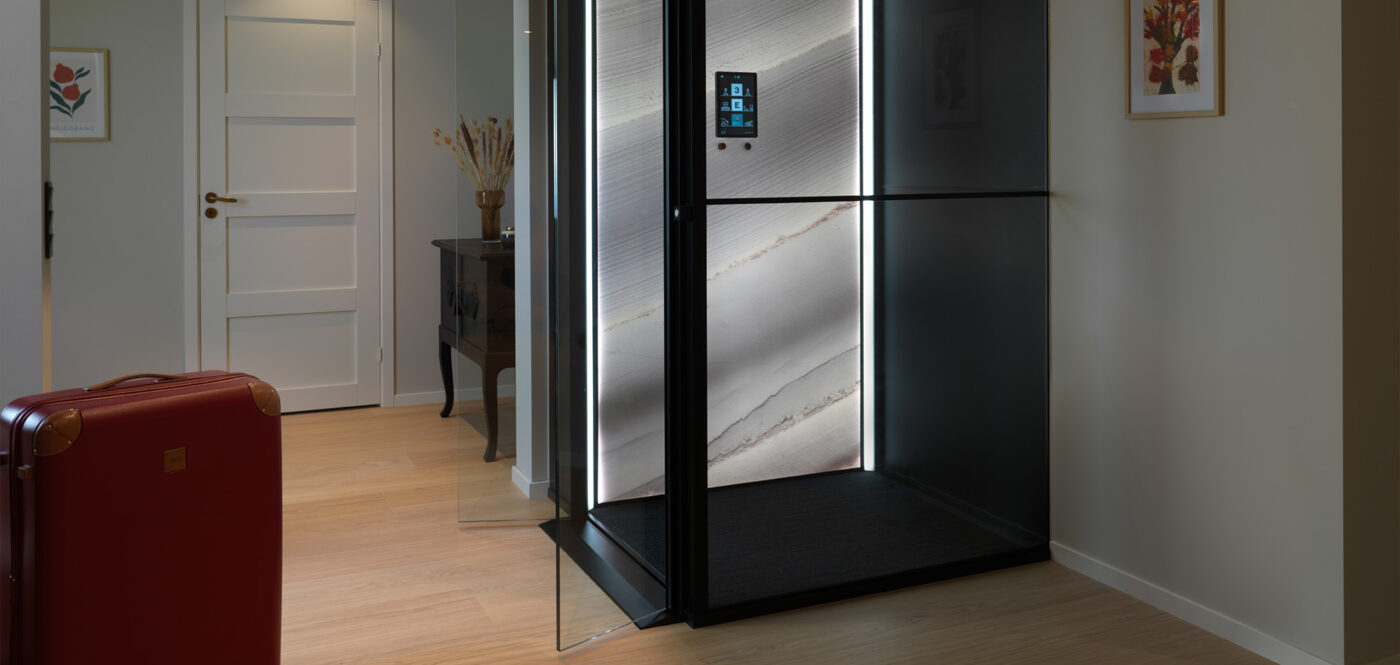
An elevator is one of the most noticeable features of a building. It’s something people see from a distance and actively use when moving between floors.
While an elevator may not seem essential if your building has only one or two floors, it becomes a crucial feature for elderly individuals or those with mobility challenges, even in homes with just a few levels. In such cases, having an elevator can significantly enhance accessibility and comfort.
The requirements for commercial elevators differ from those needed in residential buildings, each presenting its challenges. Home elevator costs in Australia are essential for homeowners when installing an elevator. The cost varies depending on size, design, and technology, but the investment is often well worth it for its convenience and long-term benefits.
Below, we’ll explore why investing in a high-quality elevator is a wise choice, considering various use cases.
Why Should You Invest Your Money in a Good Elevator?
Elevator Maintenance Frequency
Purchasing an elevator is typically a one-time investment that can last for decades, but that doesn’t mean you’re done with expenses. Elevators, particularly those in commercial buildings or those that handle heavy loads, require regular maintenance to ensure they run smoothly. It adds to your ongoing costs.
Many elevator repair companies charge high fees for maintenance and repairs. To save on these costs, working with an elevator supplier who manufactures the equipment, handles installation, and offers contract-based maintenance services is smart.
If you choose a low-quality elevator to save money upfront, you’ll likely face frequent breakdowns and costly repairs. Over time, these ongoing expenses can quickly add up, far exceeding the cost of investing in a high-quality elevator.
Extensive Collection
Elevators for homes, appearance is just as important as functionality, as everyone wants their home to look beautiful. When you choose a reputable elevator brand and installation company, you’ll have access to various design options, including different types of doors.
The first step in selecting the right elevator is determining your specific needs. Consider which type of elevator best suits your situation:
- Passenger elevators
- Goods elevators
- Elevators for homes
- Automobile elevators
- Hospital elevators
Health and Safety Factors
Elevators primarily transport people, so ensuring their safety and reliability is essential. The design should prioritize security and minimize the risk of malfunction or error.
The elevator cabin and panels must be robust enough to provide structural stability. It prevents unwanted movement or wobbling, making the ride smoother and safer. Most elevator panels are made from metal sheets typically 1mm thick, but choosing a high-quality model ensures better durability.
For elderly individuals or people with health conditions like heart problems, the sudden jerks that some elevators produce can cause discomfort or even worsen health issues. A well-designed elevator minimizes these jerks, offering a smoother experience. Investing in a quality elevator helps avoid such inconveniences, which can be crucial, as elevators are expected to last anywhere from 10 to 25 years or more.
Ease of Installation
When selecting an elevator, the installation process must be considered. Elevators are large, complex machines that must be installed with precision and care, so working with a reputable supplier is crucial.
Installation costs can sometimes exceed the price of the elevator itself, depending on the model and the building’s design. If you choose a more sophisticated elevator, minor adjustments may be needed to accommodate it, which can increase costs and complexity. In such cases, opting for a simpler model could save you money and hassle.
Ultimately, a “good elevator” should be:
- Easy to install
- Cost-effective
- Requires minimal modifications to your building’s design
Factors to Consider When Choosing the Right Lift
Lift price vs. quality
When selecting a lift for your building, balancing price and quality is key to getting the best value for your investment. While a cheaper lift might be tempting, it’s important to remember that lower-priced models may compromise quality, leading to elevator safety features concerns and higher maintenance costs over time. On the other hand, a more expensive lift may offer better quality and reliability, but it may not always be necessary, depending on your building’s needs.
Building structure
The layout and structure of your building are crucial in determining the right lift. A lift with a smaller footprint may be required for buildings with narrow or winding staircases. In contrast, buildings with spacious areas may need a more significant lift that can accommodate more people or heavier loads.
Capacity and speed
The lift’s capacity and speed should align with the needs of your building. If your building experiences high foot traffic, you’ll need a higher capacity and faster speed lift to move people efficiently without long waits.
Technology used
The technology behind the lift is also essential. Some lifts use hydraulic systems, while others rely on traction systems. The type of technology impacts the lift’s energy efficiency, speed, and noise levels, among other factors.
Installation and maintenance costs
Choosing the installation and maintenance costs is essential. A lift that is easy to install and maintain will help reduce downtime and repair expenses, making it a more cost-effective choice in the long run.
Tips for Choosing the Right Lift Company
When selecting the right lift company, consider the following key factors to make an informed decision:
Sales Process:
- Clear Communication: Ensure the company provides accurate information and keeps you informed throughout the process.
- Site Evaluation: They should visit your site to assess suitability and offer tailored recommendations.
- Fixed-Price Quotations: Get a detailed, fixed-price quotation with no hidden fees.
- Manufacturer Partnership: Verify the company’s partnership with trusted lift manufacturers.
Compliance and Safety:
- Local Legislation: The company must adhere to local laws, and elevator safety features standards.
- Declaration of Conformity: Ensure they provide the necessary safety certifications.
- Health and Safety Documentation: Look for comprehensive RAMS (Risk Assessments and Method Statements).
Company Due Diligence:
- Company Profile: Research the company’s history and reputation.
- Organizational Structure: Ensure a clear and efficient organizational structure.
- Office Visits: If possible, visit the company’s office for a firsthand assessment.
Assessing Quality:
- Visit Installations: Check existing installations to evaluate the quality of their work.
- Inspect Current Condition: Ensure lifts are well-maintained and in good working condition.
Installation and Maintenance:
- Qualified Engineers: Verify that engineers are certified and experienced.
- Warranty and Service Plans: Ensure they offer warranty and ongoing service plans.
- Post-Warranty Maintenance: Look for detailed maintenance options after the warranty period ends.
By focusing on these factors, you can select a reliable lift company that meets your needs and provides long-term value.
Conclusion
When it comes to investing in a lift, many important factors must be taken into account. From the initial cost to ongoing maintenance and compliance with safety standards, each decision you make will play a crucial role in your lift system’s overall performance and reliability.
Remember, a good lift isn’t just about getting from one floor to another; it’s about investing in a system that will serve you reliably and safely for years.
If you’re ready to invest in a top-tier lift, consider SWIFT Lifts for your project. They offer a variety of models, including the SWIFT Pro and SWIFT Lite, designed to meet different building requirements and budgets. The SWIFT Pro is perfect for high-demand settings, offering durable, reliable performance with enhanced features. In contrast, the SWIFT Lite provides a more compact, cost-effective solution without compromising safety or functionality.
Contact SWIFT Lifts today and choose the best domestic lifts for house models to suit your needs. With a commitment to quality and customer satisfaction, SWIFT Lifts ensures that your lift investment will serve you well for many years.
FAQs
Modern elevators integrate smart technology like touchless controls, real-time monitoring, and AI-based predictive maintenance. These systems improve efficiency, user convenience, and safety by anticipating issues before they arise.
Energy-efficient elevators now feature regenerative drives, LED lighting, and standby modes that minimize energy consumption, contributing to lower operational costs and a smaller environmental footprint.
Elevator designs now include wider doors, lower control panels, voice commands, and tactile buttons to accommodate individuals with physical or sensory impairments, improving overall accessibility and comfort.
Future elevator safety features will likely include advanced AI for real-time hazard detection, enhanced emergency communication systems, and better fire and seismic safety measures, making them even safer for all users.
Building owners can stay compliant by working with certified lift companies like SWIFT Lifts. These companies ensure that all installations and maintenance meet the latest local and international safety standards. Contact SWIFT Lifts today to ensure your lift system is up to code.
Get In Touch










